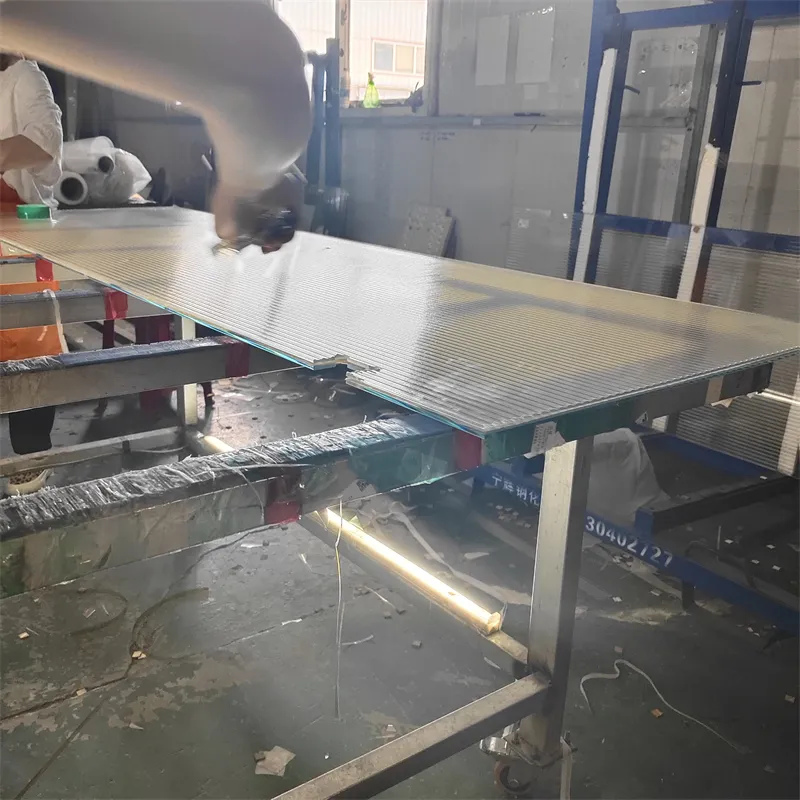Nov . 24, 2024 06:51 Back to list
double laminated glass
The Advantages and Applications of Double Laminated Glass
Double laminated glass is a sophisticated building material that offers a blend of durability, safety, and aesthetic appeal. Comprising two layers of glass bonded together with an interlayer—typically made from polyvinyl butyral (PVB) or ethylene-vinyl acetate (EVA)—this type of glass has gained increasing popularity in various sectors, including residential, commercial, and automotive applications.
One of the primary advantages of double laminated glass is its enhanced safety features. The interlayer acts as a buffer, holding shards of glass together in the event of breakage. This property significantly reduces the risk of injury and provides a layer of security against forced entry. As such, it's an ideal choice for doors, windows, and facades in buildings, as well as for vehicles where passenger safety is paramount.
In addition to safety, double laminated glass offers excellent sound insulation properties. The interlayer absorbs sound waves, making it an effective choice for buildings located in noisy urban environments. This characteristic not only contributes to the comfort of residents but also enhances productivity in commercial spaces, where focus and a quiet atmosphere are crucial.
double laminated glass

Moreover, double laminated glass can provide superior thermal insulation
. By using specialized coatings and multiple glass layers, it can reduce heat transfer, leading to increased energy efficiency in buildings. This feature aligns with the growing demand for sustainable building practices, as it helps reduce heating and cooling costs and decreases the environmental impact of energy consumption.Aesthetically, double laminated glass opens up new possibilities in design. The ability to incorporate various tints and textures allows architects and designers to create visually stunning structures that also meet functional requirements. Whether in sleek commercial buildings or elegant residential homes, this glass type can enhance both the visual appeal and the market value of a property.
In automotive applications, double laminated glass is used in windshields and side windows. Its increased resistance to impact ensures greater protection for occupants, while the noise reduction properties contribute to a quieter ride. Furthermore, it can maintain its integrity in severe weather conditions, providing reliable performance in various environments.
In conclusion, double laminated glass stands out as a versatile material that harmonizes safety, performance, and design. Its multifaceted benefits make it an excellent choice for modern applications, driving innovations in architecture, construction, and automotive manufacturing. As technology advances and the demand for enhanced building materials grows, double laminated glass will undoubtedly continue to play a crucial role in the development of safer and more efficient environments.
-
Safety and Style with Premium Laminated Glass Solutions
NewsJun.24,2025
-
Reinvents Security with Premium Wired Glass
NewsJun.24,2025
-
Premium Float Glass Line for Modern Architecture
NewsJun.24,2025
-
Low Emissivity Glass for Energy-Efficient Architecture
NewsJun.24,2025
-
High-Performance Insulated Glass Solutions for Modern Architecture
NewsJun.24,2025
-
Elevates Interior Style with Premium Silver Mirror
NewsJun.24,2025
Related PRODUCTS














